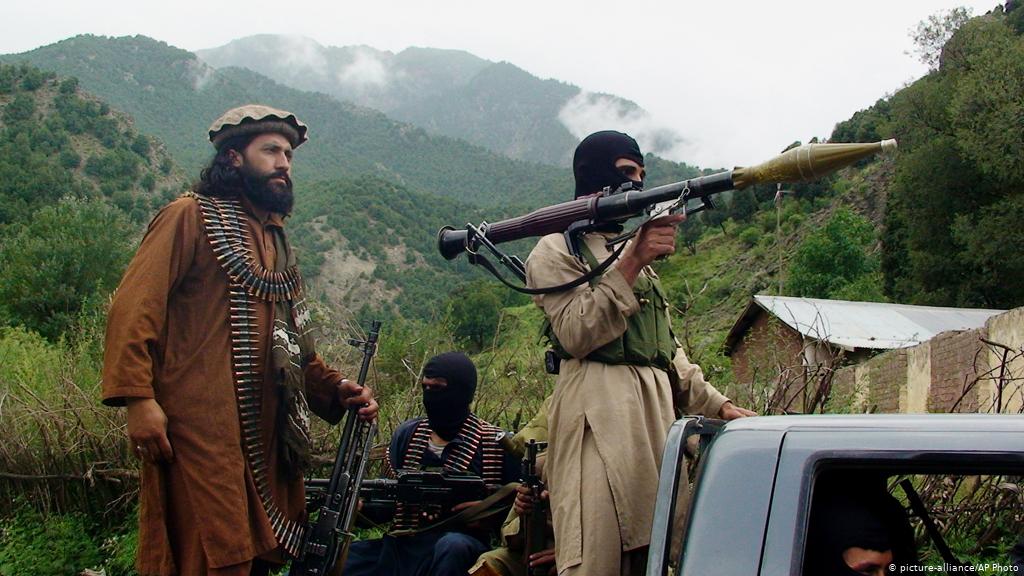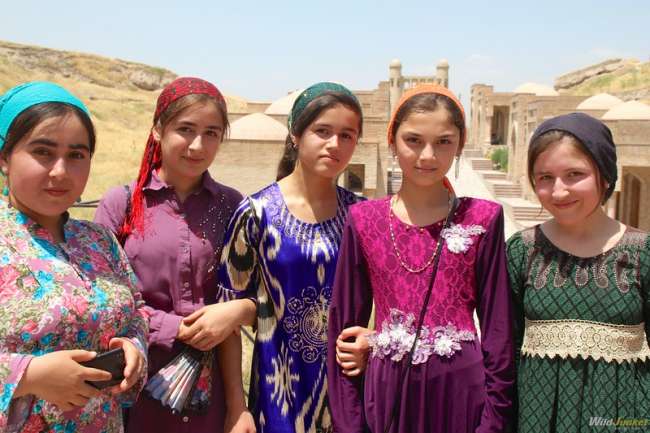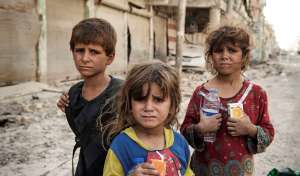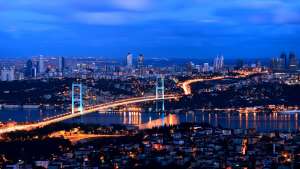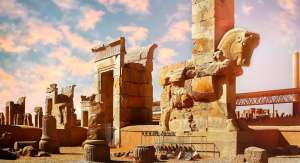When the Taliban refused U.S. demands that they hand over bin Laden, American forces invaded Afghanistan and quickly toppled Mullah Omar’s government. Mullah Omar and other Taliban leaders found sanctuary in neighboring Pakistan while they mounted an insurgent campaign to regain power in Afghanistan. In February 2020, the U.S. and the Taliban signed a historic deal that laid out a 14-month timetable for America to withdraw all of its forces from Afghanistan. In the interim, talks between the Taliban and Afghan government meant to end the war gained little traction.
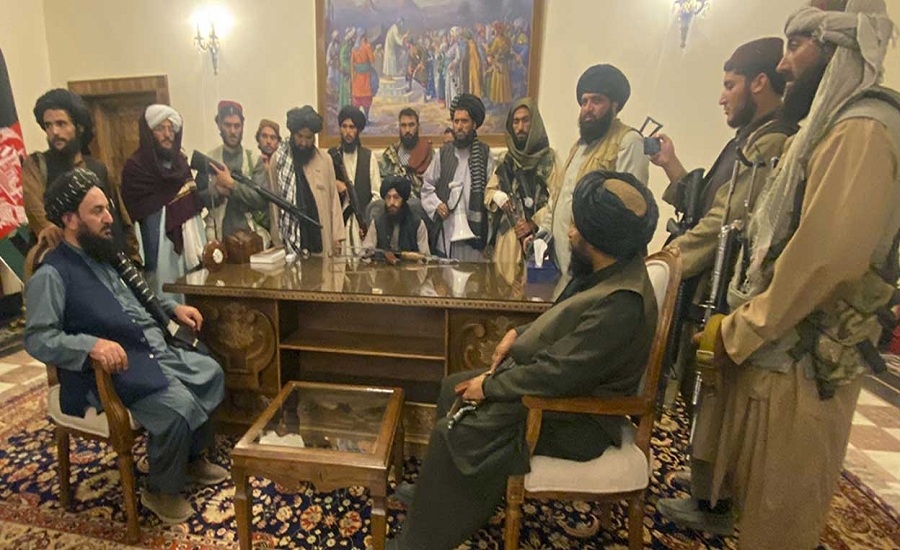
The President of Afghanistan has fled and Taliban insurgents have taken the capital Kabul after a lightning offensive. Returning from a 20-year exile from power, the Taliban hardliners are expected to impose harsh restrictions on the lives of Afghans, to the dismay of the international community.
Here's some background to the latest developments, and why a return to their brutal rule has so many people fearing for the future of Afghanistan.
The Taliban, a fundamentalist Islamic force that ruled Afghanistan from 1996 until being toppled by U.S. forces in 2001, entered the Afghan capital Kabul on Sunday after sweeping through much of the country in recent days following a withdrawal of U.S. troops. The group that sheltered Osama bin Laden as he planned the Sept. 11, 2001, terrorist attacks on America poses a new threat to the entire political and social order supported by the U.S. and its allies as they end two decades of fighting in Afghanistan.
Who are the Taliban?
The Taliban — or "students" in English — are extremist Islamist militants who want to impose their strict interpretation of religious law on Afghanistan. The group has its origins in the US-backed mujahedin, fundamentalist Islamic guerilla fighters, who fought Soviet forces in Afghanistan in the 1970s and 1980s.
In the 1990s the Taliban consolidated power and began seizing territory in a civil war which pitted them against government forces and militias led by local warlords.
By 1996 the militants were in control, storming Kabul, forcing the then-president to flee, and ushering in a period of Taliban rule across the country.
However a small portion of the country remained outside the Taliban's control, and most of the international community refused to recognise them as a legitimate government.
Their brutal regime massacred opponents, carried out terrorist attacks, oppressed women, engaged in violent displays of punishment, and committed cultural atrocities, including the destruction of ancient sites.
Western powers moved to depose the Taliban regime after the September 11, 2001 attacks on the US, which killed nearly 3,000 people.
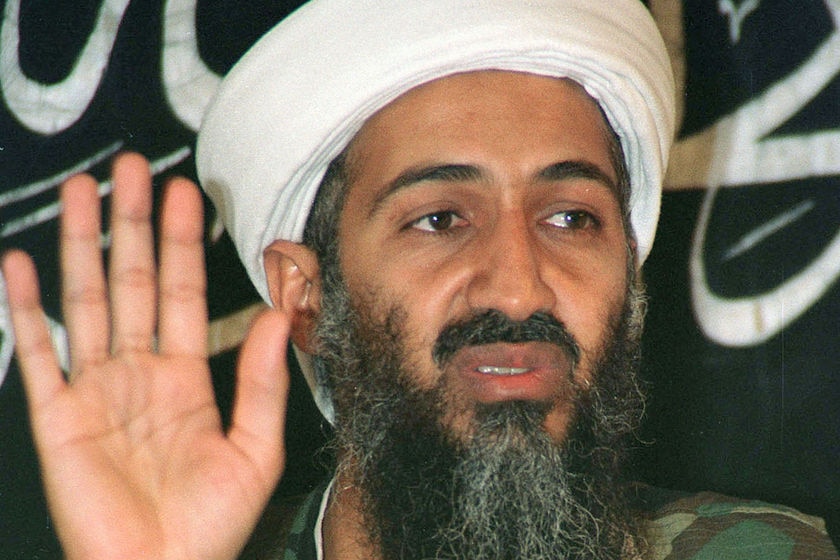
US, Australian and other Western troops invaded to stop the Taliban sheltering Osama bin Laden and his Al Qaeda terrorist movement, which carried out the attacks.
The Taliban were quickly toppled from power, but the group lived on, waging a brutal 20-year guerilla war against the US, its allies, and the Afghan army.
While government forces controlled Afghanistan's cities, the Taliban retained control — and the support of some of the population — in more remote areas, drawing manpower from Pashtun tribes in the country's south and east.
The Taliban's big breakthrough happened after the US and other Western nations withdrew their forces in recent months.
Taliban fighters swept across the country, seizing a string of cities in the face of limited resistance.
Many members of the Afghan army, which was largely equipped and paid for by the US, simply fled and escaped to neighbouring countries.
The Taliban's founder and original leader was Mullah Mohammed Omar, who went into hiding after the US invasion.
So secretive were his whereabouts that his death, in 2013, was only confirmed two years later by his son.
The Taliban is currently led by its supreme leader, a man called Hibatullah Akhundzada.
According to the Combating Terrorism Center at the West Point military academy in the US, estimates of the Taliban's strength put their core
What do the Taliban want? What are their rules?
Under the first period of Taliban rule, women were not allowed to leave home without a male chaperone, and were required to be clad head to toe in a burqa.
Women were not allowed to work and girls were not allowed to pursue education.
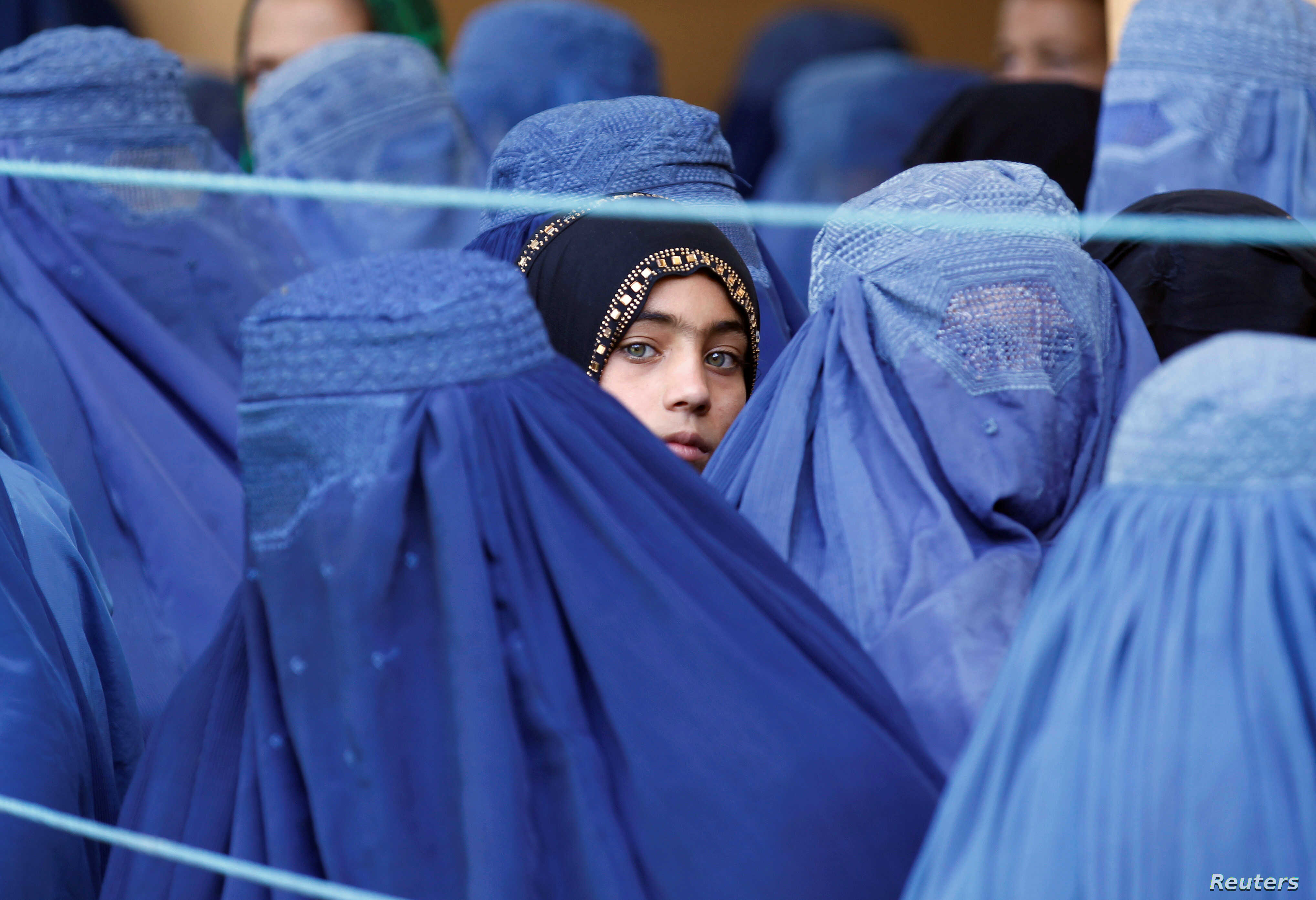
Non-Islamic music and television were banned and religious courts imposed corporal punishments including chopping off thieves' hands, public floggings and stoning to death people who committed adultery.
The group also destroyed the 1,500-year-old Buddahs of Bamiyan, giant statues carved into cliff faces, which the Taliban considered blasphemous.
Opponents and Western countries accuse the Taliban of wanting to return to the brutality of their first stint in power— a claim the group denies.
The Taliban said earlier this year that they wanted a "genuine Islamic system" for Afghanistan that would make provisions for women's and minority rights.
But they warned that any laws would have to be in line with cultural traditions and religious rules.
There are signs the group has already started to prohibit women from working in some areas which have fallen under its control.
In Kabul, shopkeepers painted over images of women in their shop windows in anticipation of Taliban rule.
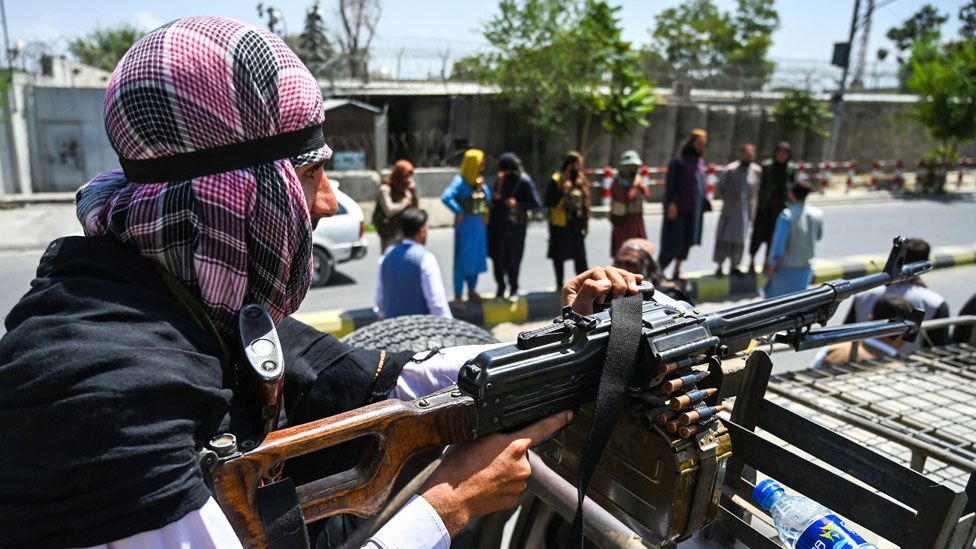
How did the Taliban take over Afghanistan so quickly?
The Taliban's stunning and rapid takeover of Afghanistan was the result not only of their battlefield strength, but also a sustained push to force surrenders and cut deals.
The insurgents mixed threats and lures with propaganda and psychological warfare as they took city after city — some with barely a shot fired — eventually capturing the capital Kabul.
How did this happen?
Why didn't the Afghan army put up a fight?
As foreign troops began their final withdrawal in May, Washington and Kabul were confident the Afghan military would put up a strong fight against the Taliban.
With more than 300,000 personnel and multi-billion-dollar equipment more advanced than the Taliban arsenal, Afghan forces were formidable -- on paper.
In reality, they were plagued by corruption, poor leadership, lack of training and plummeting morale for years. Desertions were common and US government inspectors had long warned that the force was unsustainable.
Afghan forces put up strong resistance this summer in some areas such as Lashkar Gah in the south, but they now faced the Taliban without regular US air strikes and military support.
Faced with the smaller but highly motivated and cohesive enemy, many soldiers and even entire units simply deserted or surrendered, leaving the insurgents to capture city after city.
How did the Taliban take advantage of low morale?
The seeds for the collapse were sown last year when Washington signed a deal with the insurgents to withdraw its troops completely.
For the Taliban, it was the beginning of their victory after nearly two decades of war. For many demoralised Afghans, it was betrayal and abandonment.
They continued to attack government forces but started to combine those with targeted killings of journalists and rights activists, ramping up an environment of fear.
They also pushed a narrative of inevitable Taliban victory in their propaganda and psychological operations.
Soldiers and local officials were reportedly bombarded with text messages in some areas, urging them to surrender or cooperate with the Taliban to avoid a worse fate.
Many were offered safe passage if they did not put up a fight, while others were reached through tribal and village elders.
What happened to the anti-Taliban warlords and their militias?
With Afghan forces unable to hold off the Taliban advances, many of Afghanistan's famed -- and notorious -- warlords rallied their militias and promised a black eye to the Taliban if they attacked their cities.
But with confidence plunging in the ability of Afghanistan's government to survive, never mind hold off the insurgents, the writing was also on the wall for the warlords.
Their cities fell without a fight. Warlord Ismail Khan in the western city of Herat was captured by the Taliban as it fell.
Abdul Rashid Dostum and Atta Mohammad Noor in the north fled to Uzbekistan, as their militia members abandoned humvees, weapons and even their uniforms on the road out of Mazar-i-Sharif.
But how were the Taliban able to do this so quickly?
The Taliban had started putting deals and surrender arrangements in place reportedly long before the launch of their blitz in May.
From individual soldiers and low-level government officials to apparently provincial governors and ministers, the insurgents pressed for deals -- with the Taliban all but victorious, why put up a fight?
The strategy proved immensely effective.
The images from their final march to Kabul were not of bodies in the streets and bloody battlefields, but of Taliban and government officials sitting comfortably on couches as they formalised the handover of cities and provinces.
According to one reported US estimate less than a month before the fall of Kabul, the Afghan government could collapse in 90 days.
But once the Taliban captured their first provincial capital, it took less than two weeks.


